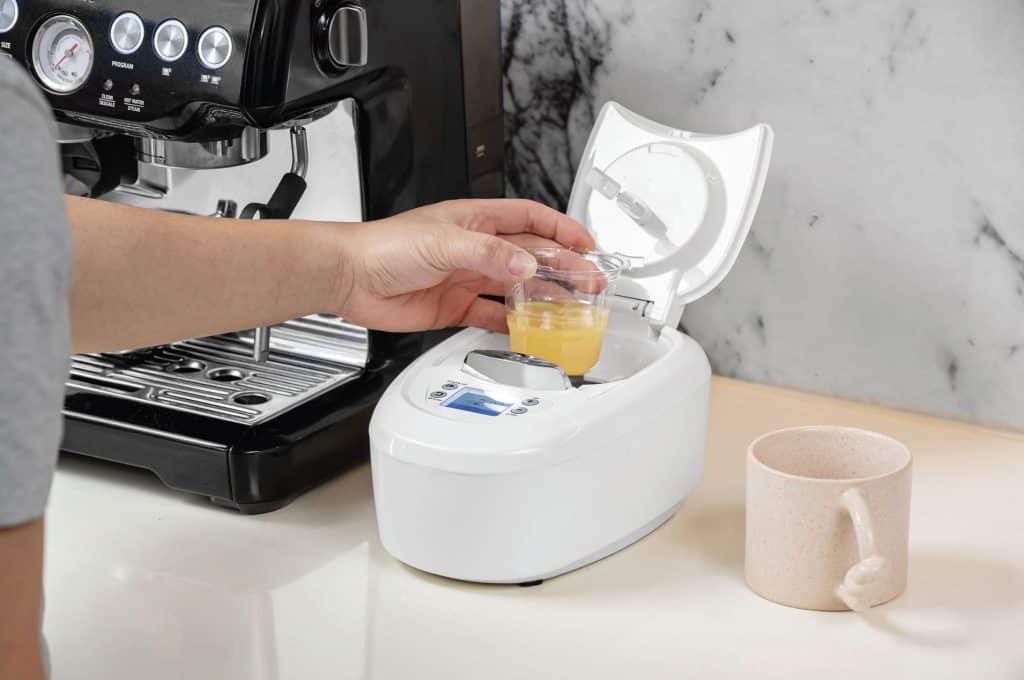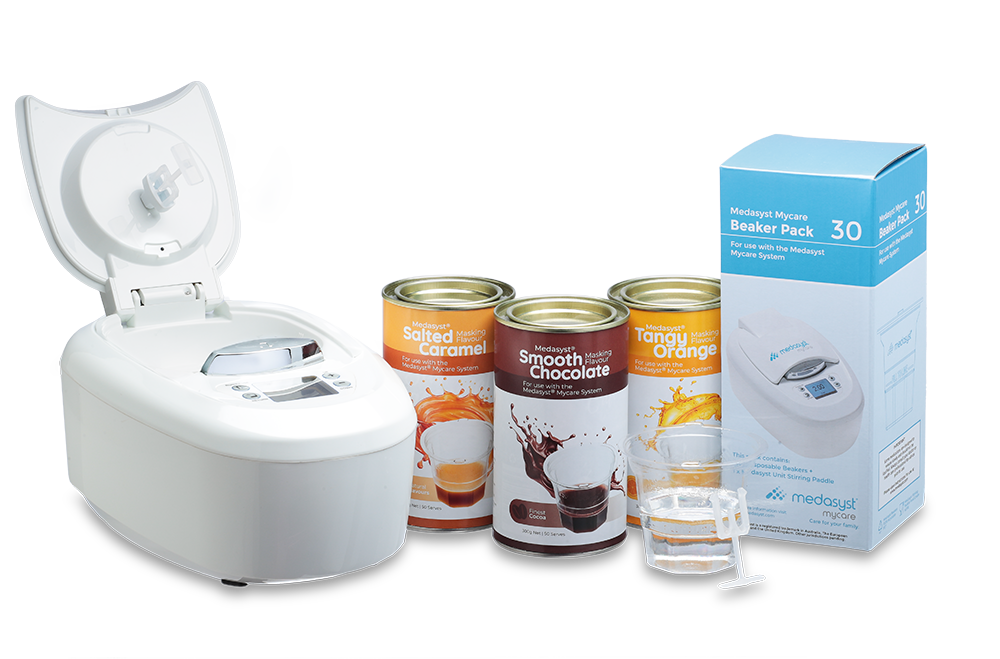Introduction: The Hidden Struggle Behind a Simple Pill: Safe alternatives to crushing tablets for dysphagia patients
For millions of people living with dysphagia — the medical term for difficulty swallowing, something as ordinary as taking a tablet can be distressing, dangerous, and even life-threatening.
From children struggling with fear or gag reflexes, to elderly patients with age-related swallowing difficulties, to those living with neurological conditions such as stroke, Parkinson’s disease, or motor neuron disease, swallowing medicines can feel impossible, Safe alternatives to crushing tablets for dysphagia patients
Yet, in hospitals, aged care homes, and private residences across the world, the common workaround is simple — and flawed: crushing the medicine and mixing it with food or liquid to make it easier to swallow.
While it may seem harmless, this everyday act can have catastrophic consequences. Crushing tablets can destroy the delicate chemical design of the drug, alter its absorption rate, increase side effects, and in some cases, even make it toxic.
This is where Medasyst steps in, with a revolutionary technology designed to liquefy solid medicines while preserving 100% of their integrity and purity. It’s a genuine game changer for those who cannot swallow hard medicines and those fed via tubes, finally offering a safe, effective, and dignified solution.
Understanding Dysphagia and Its Impact on Medication Compliance: Safe alternatives to crushing tablets for dysphagia patients
The Silent Epidemic
Dysphagia affects an estimated 590 million people worldwide, and its prevalence rises sharply with age. Studies suggest that up to 60% of residents in aged care and nearly one in five hospitalised patients experience some form of swallowing difficulty.
When swallowing becomes painful, slow, or impossible, medication compliance, taking medicine as prescribed, becomes one of the first casualties.
Missed doses, altered medication forms, and caregiver improvisation can lead to hospital readmissions, treatment failures, and even fatal adverse drug events.
In short, dysphagia is not just a swallowing disorder. It’s a public health concern that touches everything from patient safety to healthcare costs.
The Dangerous Habit of Crushing Medicines: Safe alternatives to crushing tablets for dysphagia patients
Why Crushing Is Common — But Wrong
Crushing or cutting tablets and mixing them with food, drink, or thickeners is one of the most frequent medication modifications performed by caregivers and healthcare workers. It’s often done with the best of intentions, to help the patient swallow.
However, in the words of the Society of Hospital Pharmacists of Australia (SHPA) and similar international authorities:
“Crushing tablets without professional advice constitutes an unlicensed administration of medicine and may result in harm.”
Here’s why.
1. Altered Drug Release and Absorption
Many tablets are formulated for controlled release, designed to deliver medication gradually over hours. Crushing destroys this mechanism, releasing the entire dose at once. This can cause sudden toxicity or ineffective treatment later in the day.
2. Compromised Efficacy
When a drug’s structure is broken down, its stability and bioavailability change. Exposure to air, light, or moisture can degrade active ingredients, rendering the medicine less potent or even inactive.
3. Increased Side Effects
Some drugs are coated to protect the stomach or mucosa from irritation. When crushed, they can cause ulcers, nausea, or throat burns.
4. Drug Interactions and Contamination
Crushing multiple medications in the same device or mixing them with inappropriate substances (like yoghurt or juice) can cause chemical interactions that alter the drug’s effectiveness. Residue left behind in crushing devices can lead to cross-contamination and incorrect dosing.
5. Legal and Ethical Risks
Modifying a medicine’s form without the prescriber’s consent can place caregivers and institutions in violation of medication safety regulations. Healthcare professionals are increasingly aware that crushing isn’t caring — it’s potentially negligent.
Feeding Tubes and the Challenge of Medication Delivery
For patients who are enterally fed (via feeding tube), the challenge becomes even greater.
Liquids and suspensions are often preferred, but many drugs are only available in tablet or capsule form. Crushing these and pushing them down a tube can lead to blockages, tube degradation, and inconsistent dosing.
The result? Frequent tube replacements, patient discomfort, and medication errors.
Clinicians have long sought a solution that can transform solid tablets into a sterile, smooth, homogenous liquid, free from clumps, residue, or contamination, and now, that technology exists.
Enter Medasyst: The Science of Integrity and Innovation
A New Era in Medicine Liquefaction
Medasyst was born from a simple, compassionate idea: that no person should have to suffer or compromise their health because they cannot swallow a tablet.
Leveraging advanced UltrasonIQ™ Technology, Medasyst offers a medical-grade liquefaction process that preserves the structural and chemical integrity of the original medicine. Unlike crushing, blending, or dissolving, Medasyst’s precision-engineered process gently disaggregates tablets at a molecular level — creating a smooth, ingestible liquid without compromising efficacy or safety.
How Medasyst Works: Preserving Purity from Start to Finish
1. Ultrasonic Precision
Medasyst uses ultrasonic energy waves to separate the tablet’s components in a way that avoids thermal degradation. Traditional mechanical crushing generates frictional heat and pressure, damaging sensitive compounds. Medasyst’s process, by contrast, keeps the temperature stable and the molecular bonds intact.
2. Sterile, Closed-System Operation
The Medasyst device operates in a closed, contamination-free chamber, ensuring that no particles, dust, or foreign matter enter the liquid formulation. For patients with weakened immune systems or feeding tubes, this sterility is paramount.
3. Consistent Dosage Delivery
The system is designed to ensure accurate dosing. The entire tablet is liquefied and fully suspended — meaning no loss of active ingredient and no residue left behind.
4. Compatibility with Feeding Tubes
Medasyst’s liquid output has a low viscosity and uniform consistency, ideal for enteral administration. It flows smoothly through narrow feeding tubes, preventing blockages and ensuring complete dosage delivery every time.
5aea0bd5-3782-44c6-90e2-f9549d576888
The Medasyst Advantage: Safety, Integrity, and Dignity
| Challenge | Traditional Method | Medasyst Advantage |
|---|---|---|
| Medication Integrity | Destroyed by crushing | Preserved 100% |
| Dosing Accuracy | Inconsistent, residue loss | Precise and complete |
| Cross-Contamination | Common in crushers | Eliminated by closed system |
| Tube Compatibility | Prone to clogging | Smooth, homogenous flow |
| Infection Control | Open-air exposure | Sealed sterile process |
| Patient Experience | Undignified, unpleasant | Safe, smooth, and dignified |
By maintaining pharmaceutical integrity, Medasyst helps healthcare providers comply with clinical governance and medication safety standards, while giving patients a new level of autonomy and comfort.
Real-World Impact: Stories of Change
Case Study 1: Margaret, 82 — Aged Care Resident
Margaret, a retired teacher living in residential aged care, struggled for years with dysphagia due to Parkinson’s disease. Her carers crushed multiple tablets daily, causing nausea, mouth ulcers, and anxiety at every meal.
After her facility adopted Medasyst, Margaret’s medicines were transformed into smooth, pleasant liquids. Her symptoms subsided, and for the first time in years, she looked forward to taking her medication.
“It feels like my dignity has been restored,” she said. “I don’t feel like a burden anymore.”
Case Study 2: Liam, 9 — Living with Autism and Medication Anxiety
Liam’s parents used to spend up to an hour convincing him to take his ADHD medication, hiding crushed tablets in yoghurt — often unsuccessfully. With Medasyst, they now administer a clear, tasteless liquid that he accepts without stress.
Compliance improved from 60% to nearly 100%, and Liam’s concentration and mood stabilised dramatically.
For Clinicians and Pharmacists: Aligning with Best Practice
Medasyst supports compliance with international medication safety standards, including:
-
World Health Organization (WHO) Medication Without Harm Initiative
-
Therapeutic Goods Administration (TGA) guidelines for drug modification
-
Australian Commission on Safety and Quality in Health Care (ACSQHC) standards
-
Hospital and Aged Care Clinical Governance Frameworks
By eliminating unlicensed crushing practices, Medasyst protects healthcare providers from litigation risks while demonstrating leadership in patient safety innovation.
The Science Behind Medicine Integrity
Each medicine is formulated to achieve a precise pharmacokinetic profile, the rate at which it’s absorbed, distributed, metabolised, and excreted. Altering its physical form changes that profile.
Medasyst’s UltrasonIQ™ technology respects that chemistry. Laboratory tests show no degradation of active compounds and no contamination across repeated uses. The result: patients receive medicine exactly as intended by the manufacturer — only in a new, swallowable form.
Medasyst and the Future of Medication Administration
The future of medication delivery will focus on personalisation, safety, and accessibility.
Medasyst represents the next generation of assistive healthcare technology, bridging the gap between pharmaceutical science and patient-centred care.
It not only empowers clinicians and caregivers but also gives patients a sense of control, comfort, and trust, essential components of recovery and wellbeing.
As populations age and dysphagia becomes more prevalent, Medasyst is positioning itself as the standard of care for medicine administration in:
-
Hospitals and Aged Care Facilities
-
Home Health and Disability Support Services
-
Paediatric and Palliative Care
-
Tube Feeding and Rehabilitation Programs
Conclusion: Crushing the Status Quo, Not the Medicine
For too long, those living with dysphagia have been forced into unsafe compromises, crushing tablets, hiding medicines in food, or skipping doses altogether.
Medasyst changes that. It provides a scientifically sound, clinically safe, and humanly compassionate alternative that maintains medicine integrity, patient dignity, and caregiver confidence.
The message is clear:
When swallowing is hard, Medasyst makes medicine easy — safely, cleanly, and completely.
References
-
Cichero, J. A. Y., et al. “Medication Modifications for People with Dysphagia: A Review of Best Practice.” Journal of Pharmacy Practice and Research, 2020.
-
National Institute for Health and Care Excellence (NICE). “Swallowing Difficulties — Medicines Management.” 2019.
-
Australian Commission on Safety and Quality in Health Care. “Medication Safety Standard.” 2021.
-
World Health Organisation. “Medication Without Harm Global Patient Safety Challenge.” 2017.
-
Fawcett, J., et al. “Crushing Oral Dosage Forms — Dangers and Alternatives.” British Journal of Nursing, 2022.





